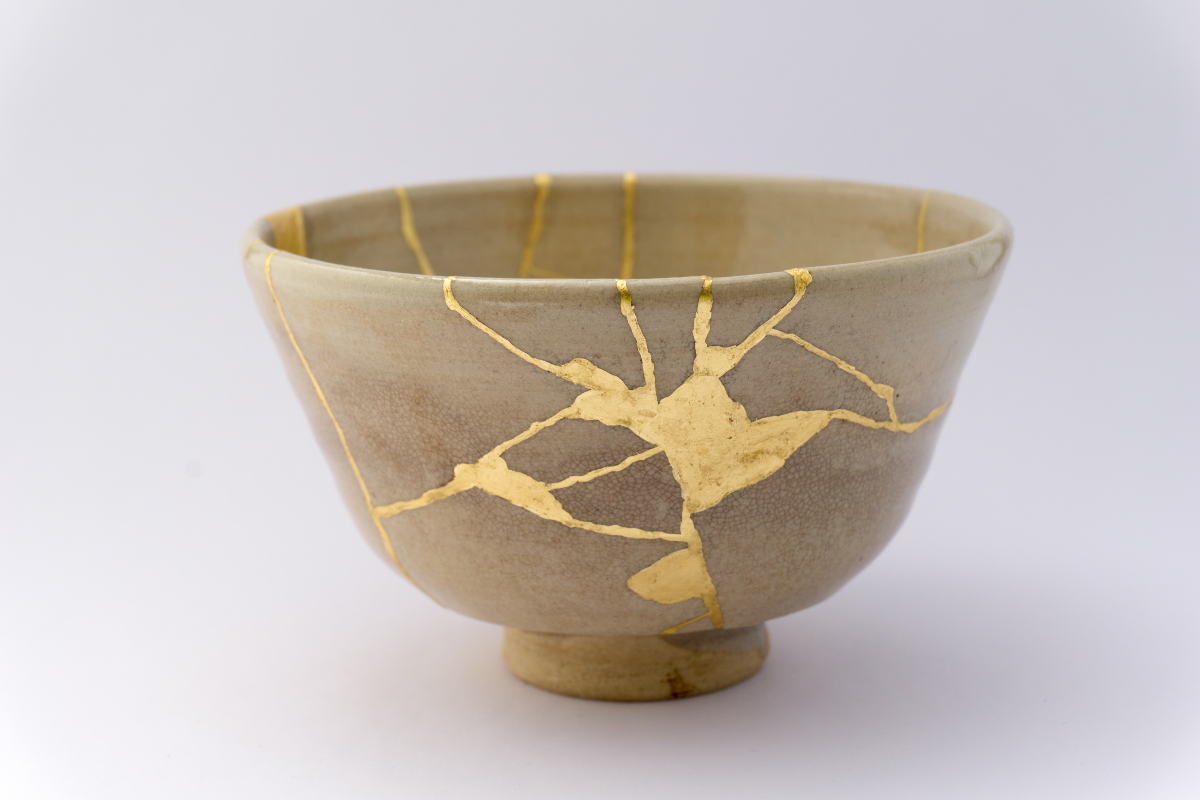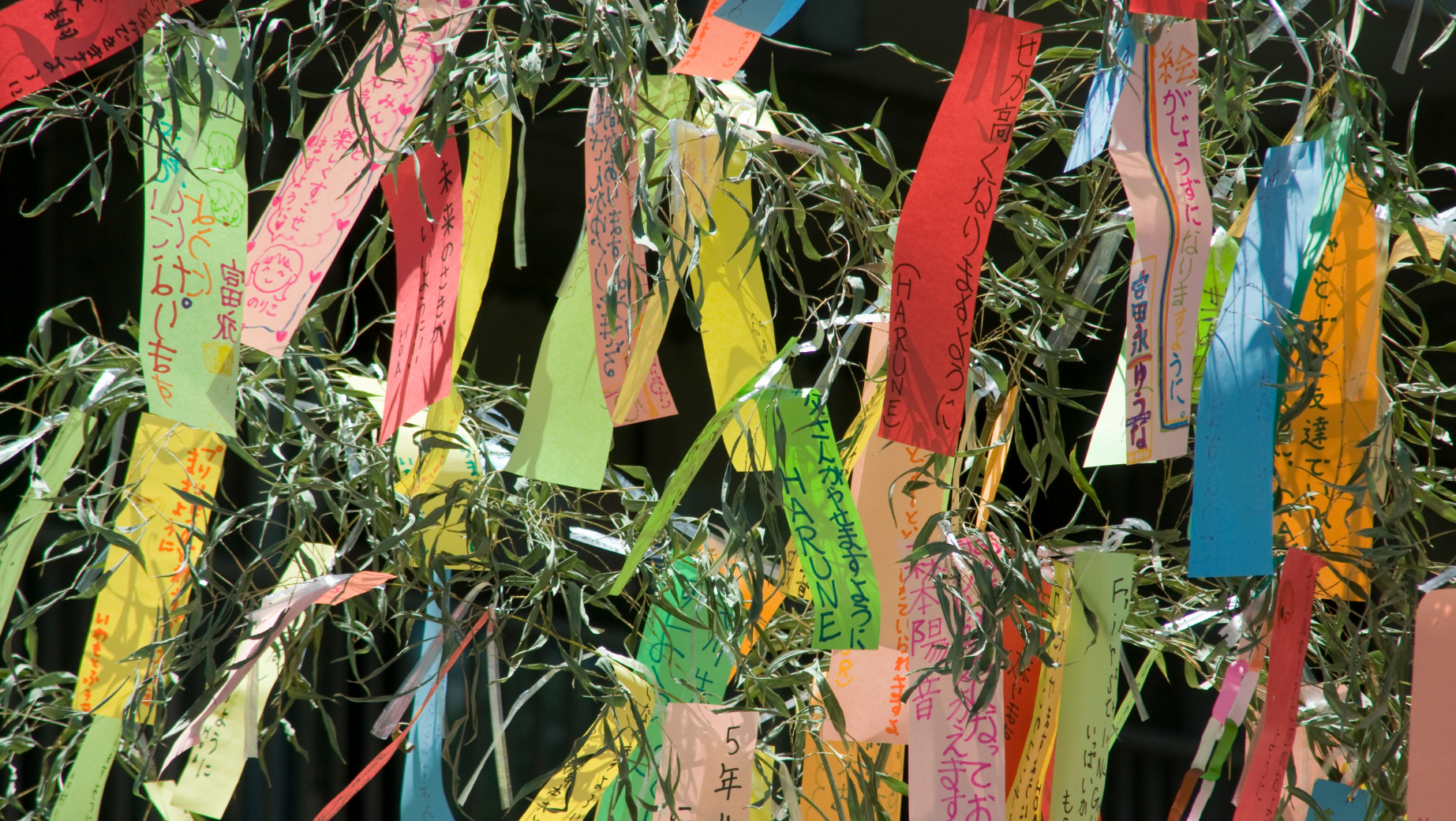
Kintsugi: The Art of Repairing with Gold and Its Resonance with the Philosophy of Wabi-Sabi
Introduction to the art of Kintsugi
Kintsugi, literally translated as "golden joint," is a traditional Japanese art form that transforms the breakage and repair of an object into something beautiful. It involves repairing ceramic tableware with precious lacquer resin mixed with gold powder, highlighting fractures rather than hiding them.
But beyond the aesthetic, Kintsugi is a profound reflection of the Japanese philosophy of wabi-sabi, which finds beauty in imperfection, impermanence, and incompleteness. Each bowl, cup, or plate repaired by Kintsugi tells its own story of resilience and rebirth.

Kintsugi and Wabi-Sabi: Beauty in Imperfection
Wabi-Sabi is a Japanese philosophy that encourages accepting imperfections as an inherent part of life. This extends to appreciating objects that reflect this imperfection and impermanence. A Kintsugi-repaired bowl, with its vibrant gold veins illuminating the breaks, is the perfect reflection of Wabi-Sabi. Each golden line is an honorable scar, a testament to its history, its durability, its transformation. Kintsugi thus celebrates the fragility, strength, and beauty of the tableware we use daily.

Integrating Kintsugi into your daily life
The act of repair, as embodied in Kintsugi, is not solely reserved for artists or master craftsmen. It is possible to integrate Kintsugi and its spirit into our daily lives, particularly in the way we treat our tableware.
-
Repair dishes : If a cup or bowl breaks, instead of throwing it away, consider repairing it using kintsugi techniques. Kintsugi kits are available that contain all the materials needed to repair your own pieces. This mindful practice can not only help you create unique items for your home, but also integrate the principles of Wabi-Sabi into your daily life.
-
Choosing Kintsugi Tableware : If hand-crafting isn't your thing, there are a variety of ready-made Kintsugi tableware, ranging from bowls to cups and plates. These pieces are not only aesthetically pleasing, but they also add historical and cultural depth to your table.
-
Applying Kintsugi Philosophy : Beyond tangible objects, Kintsugi can also be a philosophy to adopt in everyday life. Just as broken dishes can be repaired and made more beautiful, we can also find beauty and strength in our own breakages and repairs.

Conclusion: Kintsugi, a lesson in resilience
Kintsugi, in its beauty and philosophy , offers a valuable lesson: broken objects, like people, are not only repairable, but can emerge from their adversity with renewed beauty and strength. Whether it's a teacup , a ramen bowl , or a complete tea set , every piece of tableware we own and use has its own story. By embracing and celebrating these imperfections, we honor not only Japanese art and culture, but also our own capacity to heal, grow, and transform.


